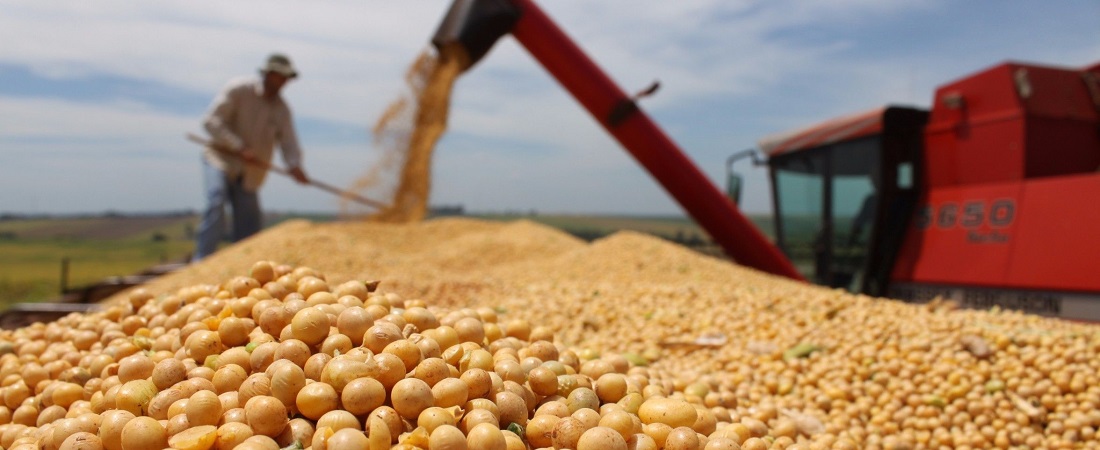
Soybean shipment rates should remain stable in the Port of Santos
Feb, 23, 2022 Posted by Gabriel MalheirosWeek 202208
Going against the national soybean crop trend, the Port of Santos is likely to maintain a similar handling rate of the product compared to 2021. Therefore, despite the estimated production falling by 9% due to weather conditions in some regions, the Santos port complex will probably have the same pace of work seen as last year.
“A substantial portion of soybeans exported via Port of Santos comes from the state of Mato Grosso, which saw a regular harvest,” reports the specialist in Infrastructure and Agribusiness Maurício Sampaio. He explains that, while the drop seen in the Port of Santos should be 1%, possibly reaching 2%, the other Brazilian ports are likely to go in the opposite direction and suffer a “significant reduction” in their handling of soybeans, especially for terminals in the South.
The scenario described happened because the overall soybean yields, including those from Mato Grosso do Sul, were affected by drought and the La Niña phenomenon. According to the National Supply Company (Conab), Brazil will produce 125.47 million tonnes. “In the past harvest, production was 138.8 million tonnes”, compares Sampaio.
In Santos, data from the Santos Port Authority (SPA) point to annual growth in soybeans handling: in 2019, there were 18.7 million tonnes, while 2020 registered 21 million tonnes and, in 2021, the port saw the handling of 23.3 million tonnes of the product.
For the president of the Union of Port Operators of the State of São Paulo (Sopesp), Régis Prunzel, these numbers serve as a basis for this year’s estimate. Despite the decrease in the total yield of soybeans, the country can expect approximately two million tonnes per year.
Prunzel explains that the privatization process that will soon take place in the Port of Santos does not interfere with handling forecasts for the year. “For 2022, we do not see any damage or instability to run the crops of soybeans, sugar, corn, soybean meal or other general cargo movements in the Baixada Santista region”.
Regional view
According to VLI, the arrival of trains loaded with soybeans at the Port Terminal in the Santos region (Tiplam) in January symbolized the beginning of soybean handling this year.
Conversely, the handling expected for this year at the Guarujá Export Terminal (TEG), Guarujá Sugar Export Terminal (Teag), and Santos Export Terminal (TES) is around 15 million tonnes of solid bulk, which includes soybeans, corn, soybean meal, and sugar.
“The main customers of our terminals are shareholders, who maintain an optimistic projection regarding product handling, very similar to 2021.”
Exports
Although the lower export numbers may reflect the impoverished production, specialist Mauricio Sampaio believes that soy will continue to be the most important product of Brazilian farming.”
“Prices may be compensated owing to lesser quantities.” As a result, we anticipate a relatively significant amount of foreign exchange for exports this year, roughly US$ 48 billion.”
Source: A Tribuna
To read the full original article, please see:
-
Economy
Sep, 13, 2023
0
Brazil no longer taking China’s place in the U.S.
-
Ports and Terminals
Sep, 08, 2021
0
Hurricane Ida: Container operations resume in New Orleans harbor
-
Ports and Terminals
Mar, 11, 2022
0
Brazil’s Northeast handled more than 330 million tonnes in 2021
-
Ports and Terminals
Jun, 28, 2021
0
Suape solid bulk terminal returns to operation and increases cargo handling


